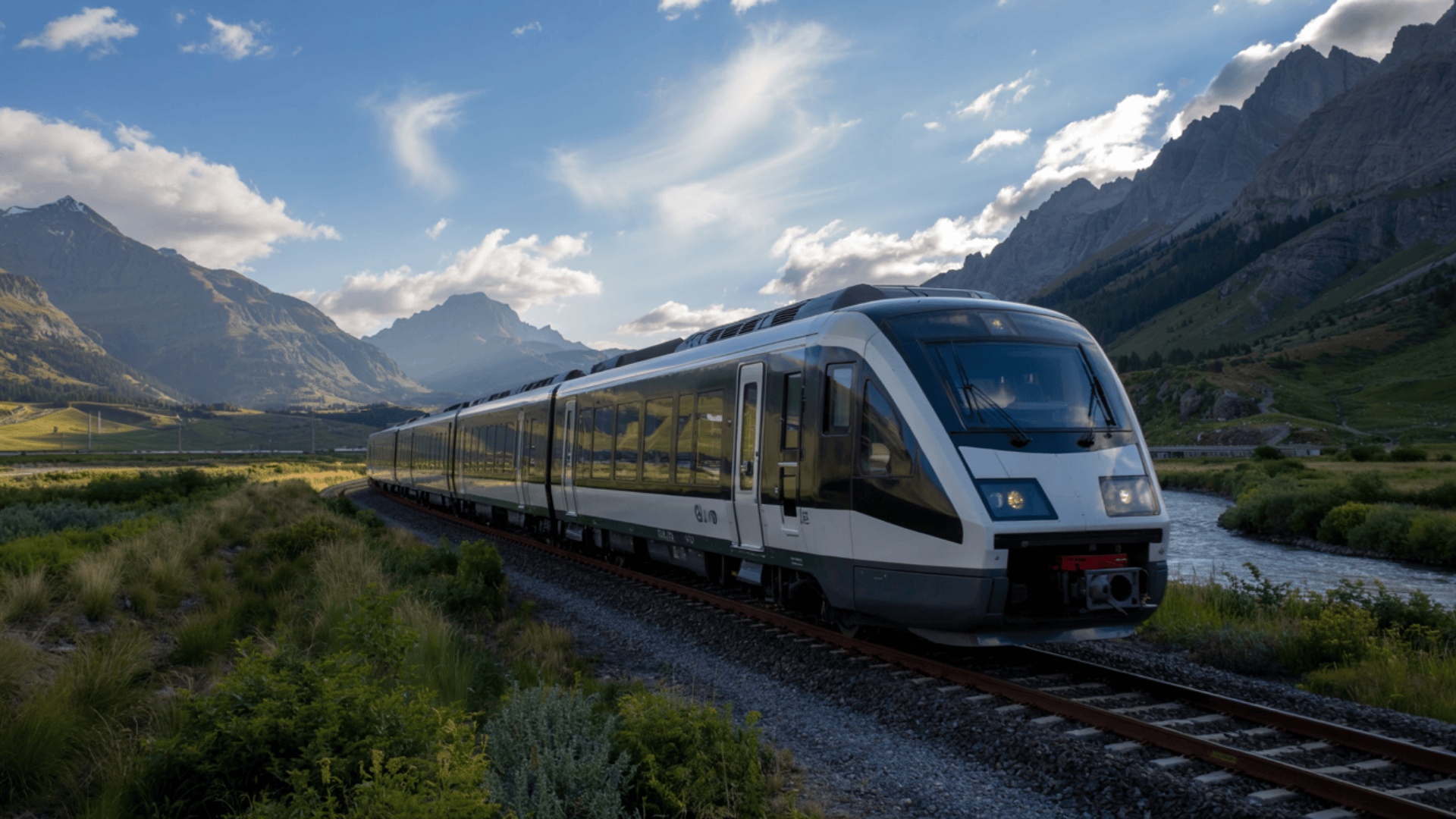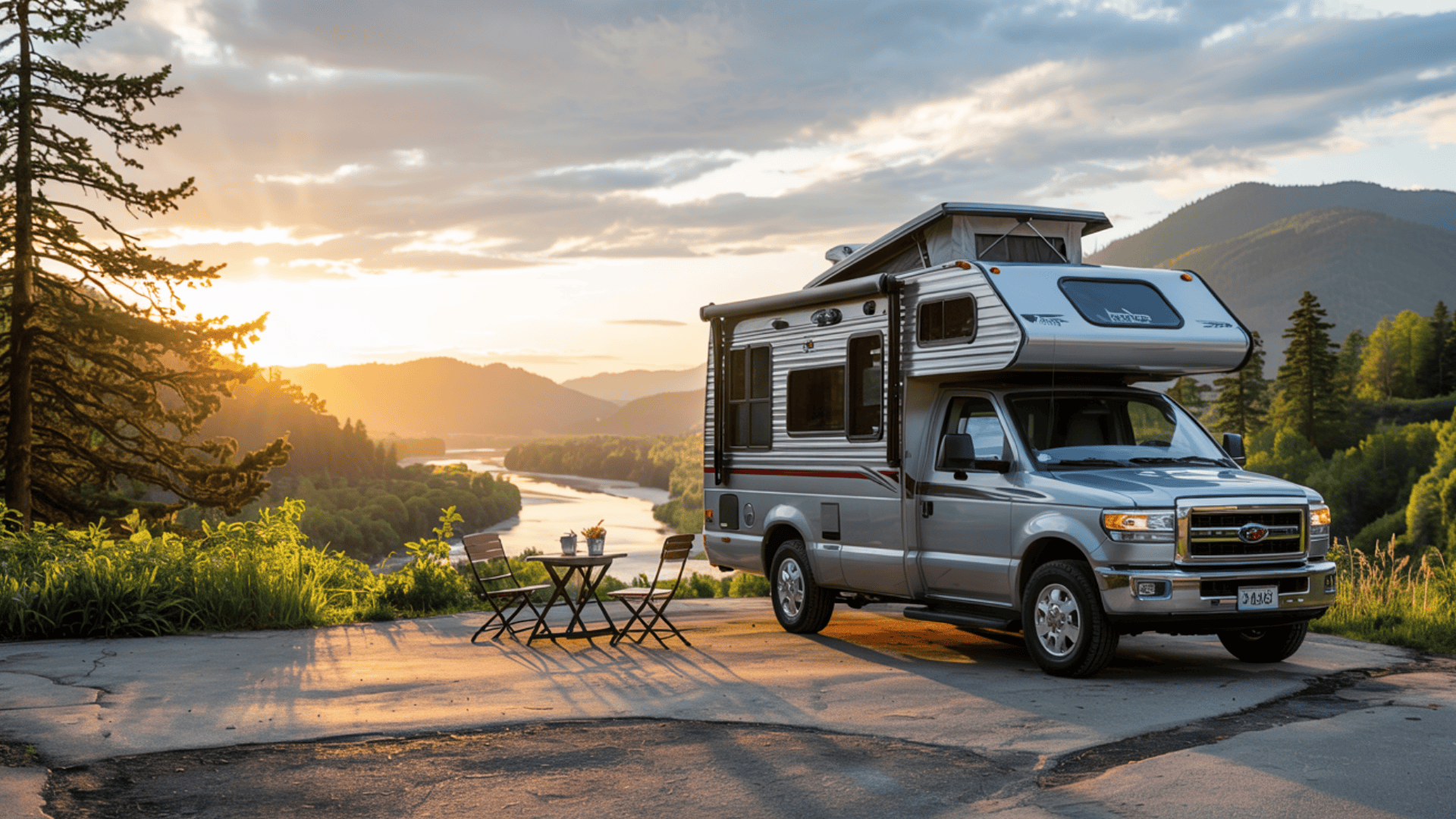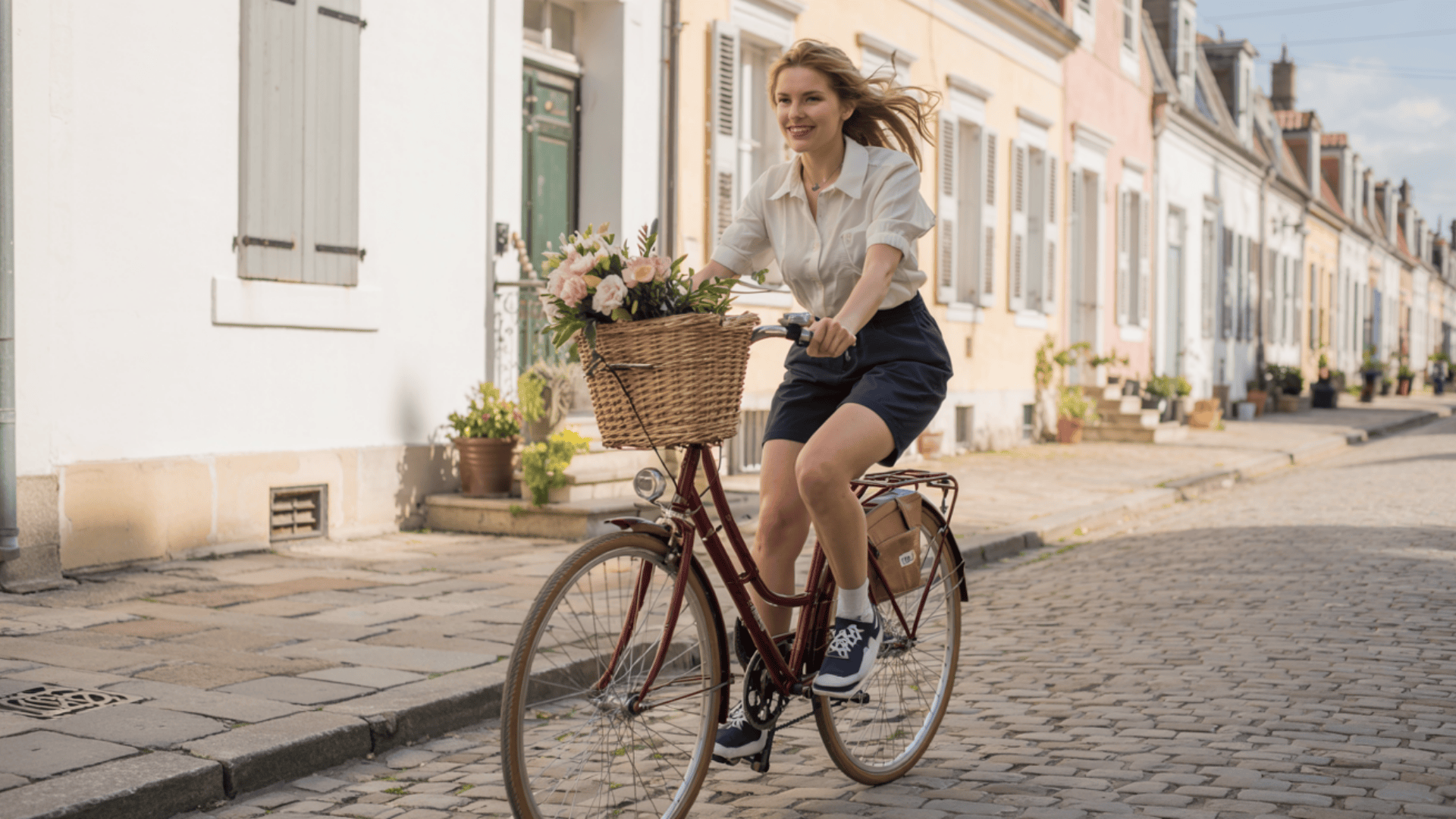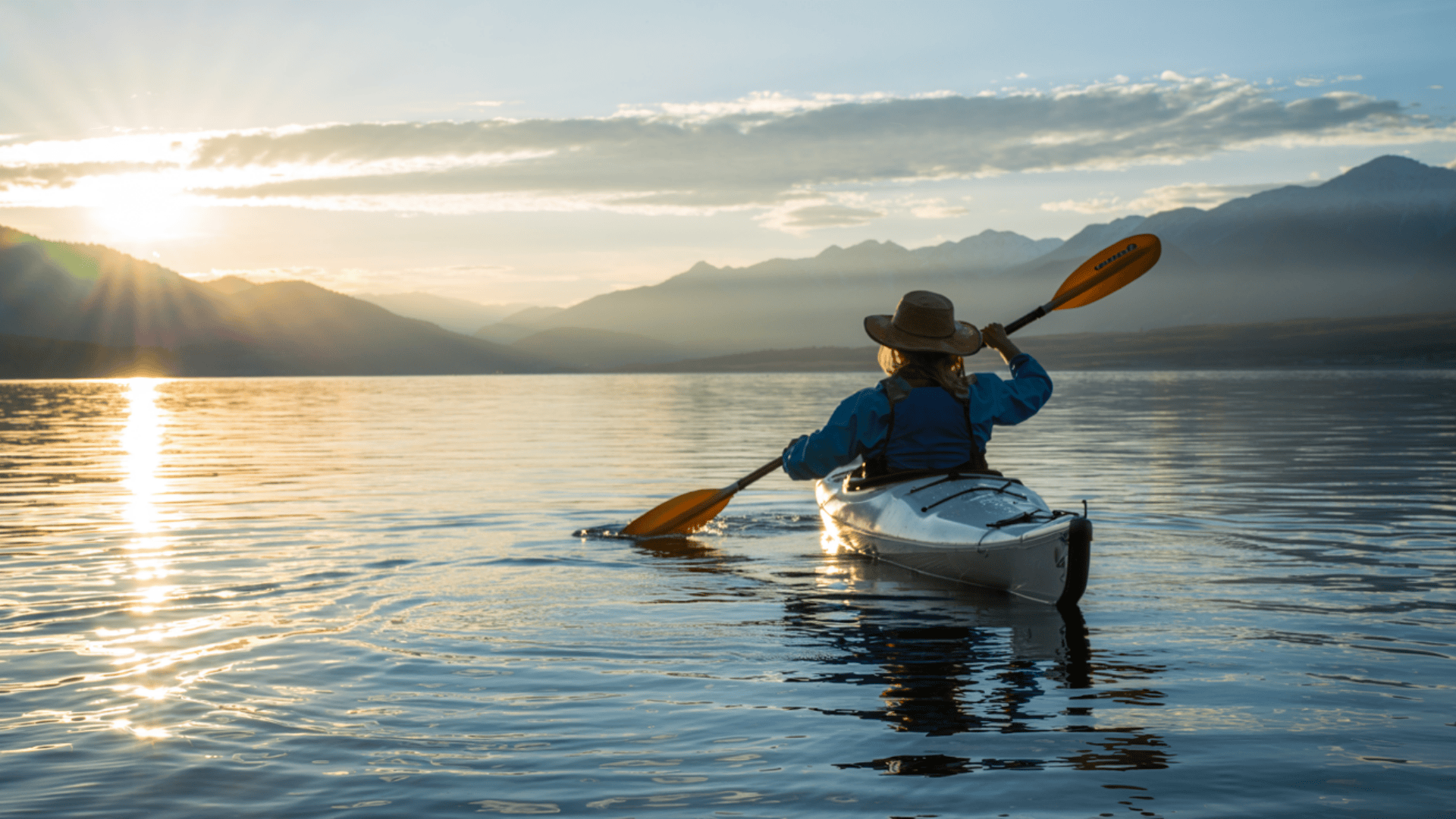Ever wondered why some journeys stay with you forever while others fade from memory? The secret isn’t just where you go—it’s how you get there.
Today’s travelers have more options than ever before, from soaring through clouds to paddling along coastlines, from high-tech planning to slow, mindful exploration.
The mode of travel you choose shapes your entire experience, determining what you’ll see, who you’ll meet, and how deeply you’ll connect with a place.
Those drawn to the freedom of the open road experience something completely different from fans of group adventures or quiet walking tours.
Each travel style matches a different personality and set of goals. Let’s find out the diverse ways to move through our world, each offering its unique perspectives and possibilities.
Top Travel Modes That Define the Experience
1. By Air

Flying is, hands down, the fastest way to cover long distances. When you’ve got limited vacation time but want to explore far-flung destinations, nothing beats hopping on a plane.
Air travel shrinks the world, letting you wake up on one continent and fall asleep on another. For international and intercontinental trips, it’s not just convenient—it’s often the only practical option.
2. By Train

Train travel is ideal for scenic journeys and eco-conscious explorers. There’s something magical about watching landscapes unfold through wide windows while you stretch out in comfort.
Unlike driving, everyone in your group can relax, read, or nap while still making progress toward your destination.
Many iconic routes, like Europe’s Alpine crossings or Canada’s Rocky Mountaineer, are experiences in themselves, not just ways to get somewhere.
3. By Car or Motorcycle

Road trips give you that unbeatable sense of freedom. You’re in complete control—stop whenever something catches your eye, take that mesmerizing detour, or linger in a charming town you discovered by accident.
Cars and motorcycles let you explore those hidden gems that aren’t on the typical tourist path. You can pack as much as your vehicle allows and change plans on a whim, making this perfect for spontaneous travelers who hate being tied to schedules.
4. By RV or Campervan

Traveling in an RV or campervan means you bring your cozy home base everywhere you go. It’s the perfect blend of adventure and comfort—you can explore all day and retreat to your own familiar space at night.
There is no packing and unpacking at each stop or worrying about finding accommodation during peak seasons.
This mode of travel works beautifully for families with small kids or people who appreciate having their own kitchen and bathroom facilities while experiencing the great outdoors.
5. By Boat or Cruise

Water-based travel offers a unique rhythm that forces you to slow down and savor the expedition.
From luxurious ocean liners with endless amenities to small ferry hops between Greek islands, boat travel connects you to the world’s waterways in memorable ways.
There’s something deeply relaxing about watching shorelines appear and disappear from the deck and waking up each morning to a new port or vista without the hassle of repacking your bags.
6. By Foot or Bicycle

Nothing connects you more deeply to a place than moving through it under your power. Walking or cycling trips immerse you completely in local environments—you notice details, smells, and sounds that zoom past undetected in faster transportation.
These slow travel methods are incredibly budget-friendly and often lead to meaningful encounters with locals.
Whether hiking ancient pilgrimage routes or cycling through wine country, human-powered journeys create the most dazzling memories and a sense of accomplishment.
Less Conventional & High-Adventure Ways to Travel
1. By Surfboard or Kayak

Experiencing Coastlines from Water Level
There’s something magical about exploring a coastline from the water’s edge. Surfboard and kayak travel puts you right where land meets sea, giving you access to hidden coves and pristine beaches that might be impossible to reach by land.
You’ll drift past towering cliffs, slip through narrow passages, and sometimes find yourself alone in places few others ever see.
Active Travel for Nature Lovers
Paddling your way through a journey appeals to travelers who want activity built into their experience. Instead of sitting passively, you’re engaged with your surroundings, reading water conditions, and working with natural elements.
This style of travel naturally attracts outdoorsy types who prefer earning their views through physical effort and appreciate the minimal environmental impact of human-powered vessels.
Finding Your Water Tribe
Water-based adventures like these also foster a different kind of travel community. You’ll connect with fellow kayakers and surfers who share local knowledge about tides, wind patterns, and secret spots.
The shared experience of paddling through challenging conditions creates quick bonds with strangers who quickly become friends.
2. By Hitchhiking or Rideshare

The Voyage of Human Connections
When you climb into a car with strangers, you’re signing up for spontaneous conversations and unexpected detours.
Many travelers choose these methods not just to save money but to collect stories and gain local perspectives you can’t get from guidebooks.
Welcoming Uncertainty
The unpredictable nature of hitching rides means throwing schedules to the wind. You might get lucky and catch a direct ride to your destination, or you could spend hours waiting by the roadside.
This uncertainty is both the challenge and the charm—you never quite know where you’ll end up or who you’ll meet along the way.
Balancing Freedom with Safety
Of course, these travel methods come with obvious risks. Safety concerns are real, especially for solo travelers.
Modern rideshare apps have formalized some aspects of this travel style, adding layers of security while preserving some of the social benefits of traditional hitchhiking.
3. By Horse, Zipline, or Hot Air Balloon

Connecting with Traditional Transport
Some journeys are less about the destination and more about experiencing a unique form of transportation.
Horseback treks through Mongolia’s steppes or Patagonia’s mountains connect you to ancient travel traditions while offering perspectives from the saddle that modern vehicles can’t match.
Flying Through Landscapes
Ziplines have evolved from novelty attractions to legitimate transportation in some mountainous regions. In parts of South America and Asia, locals have used cable systems for generations to cross deep valleys.
Now, travelers can experience the rush of flying hundreds of feet above forest canopies or coffee plantations while actually getting from one place to another.
Gaining Perspective from Above
Few travel experiences match the serene magic of floating silently above landscapes in a hot air balloon.
The gentle drift gives you time to absorb panoramic views, whether you’re watching the sunrise over African savannas or ancient temples in Turkey’s Cappadocia.
These expeditions are all about slowing down and gaining a literal perspective on the world below.
Technology and Budget-Savvy Travel
1. Use Travel Apps and Flight Deal Platforms

- Flight prices change constantly, but apps like Going, Momondo, and Google Flights Explorer do the work for you. They track price drops and alert you when that dream destination suddenly becomes affordable.
- Beyond just finding cheap flights, today’s travel apps help build smarter itineraries.
- They can suggest logical route combinations, identify unnecessarily long layovers, and flag potential visa issues before you book.
2. Plan Around Off-Peak Travel Windows

- The Tuesday-to-Tuesday trip often costs significantly less than the standard Friday-to-Sunday journey that most travelers default to.
- A 10-hour layover in Amsterdam or Tokyo gives you time to explore a city center, try local food, and add an extra destination. Some airlines even offer free layover programs to encourage this type of exploration.
3. Leverage Rewards & House Exchanges

- The strategic use of travel credit cards can fund significant portions of your adventures. The most effective travelers aren’t necessarily wealthy—they’re often just savvy about accumulating and using points systems.
- House sitting, home exchanges, and occasionally renting your space while you’re away can dramatically reduce accommodation costs. Many travelers have built sustainable travel lifestyles by alternating between hosting and being hosted.
Organized vs. DIY Travel
Travel Styles Comparison
| TRAVEL STYLE | KEY FEATURES | BEST FOR | CHOOSE WHEN | AVOID WHEN |
|---|---|---|---|---|
| Packaged Holidays & Cruises |
|
|
|
|
| Travel Agents |
|
|
|
|
| Self-Booking |
|
|
|
|
Lifestyle Travel Options
1. Volunteer Travel

Volunteer travel gives you a chance to connect with communities while making a genuine positive impact. Instead of just passing through as a tourist, you become part of something meaningful.
This approach transforms the typical vacation into an opportunity for cultural exchange and personal growth.
Finding ethical volunteer programs takes some research, but it’s worth the effort. Look for organizations where locals lead the initiatives and your skills actually match community needs.
Many travelers find that giving back through service creates much deeper memories than standard sightseeing.
2. Remote Work or Digital Nomadism

The line between vacation and everyday life has blurred dramatically in recent years. Some travelers join structured programs like Remote Year that handle logistics and create built-in communities.
Others prefer creating their setups, finding apartments with good WiFi, and settling into coffee shop routines in Bali or Lisbon.
The digital nomad lifestyle requires some adjustments—working odd hours to match your home office time zone or finding reliable internet in challenging locations.
But for many, these small inconveniences are worth the freedom to wake up in inspiring new environments while maintaining career momentum.
3. Slow Travel

Slow travel means choosing depth over breadth—spending weeks or months in one location instead of days. This approach gives you time to develop favorite cafés, make local friends, and establish comfortable routines.
Even picking up basic phrases dramatically changes your experience, opening doors to conversations and cultural insights that remain closed to many tourists.
You can rent apartments rather than hotels, cook some meals at home, and avoid the constant transportation costs of moving between destinations.
Final Words
Travel, at its essence, is alchemy—transforming ordinary moments into extraordinary memories, reshaping not just our perception of the world but our very selves.
While postcards capture destinations, our souls capture transformations that unfold along winding roads and unfamiliar pathways.
Consider how a sunset feels different when witnessed from a sailing vessel in the Mediterranean versus a mountain peak reached on foot after hours of exertion.
Both experiences create memories, but each imprints itself uniquely upon your consciousness. The method becomes the message.
So before planning your next departure, ask not just “Where?” but “How?” because within that choice lies the secret formula that might transform a simple vacation into the defining experience of your existence.
Don’t forget to come back to our website for more travel tips, destination guides, and inspiration.




